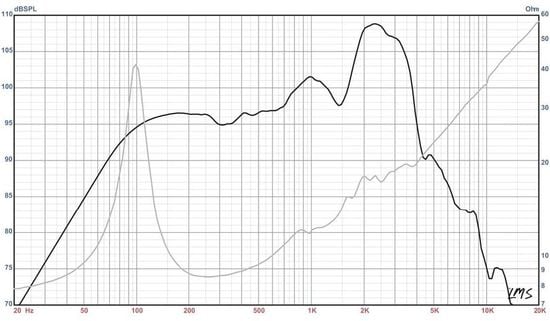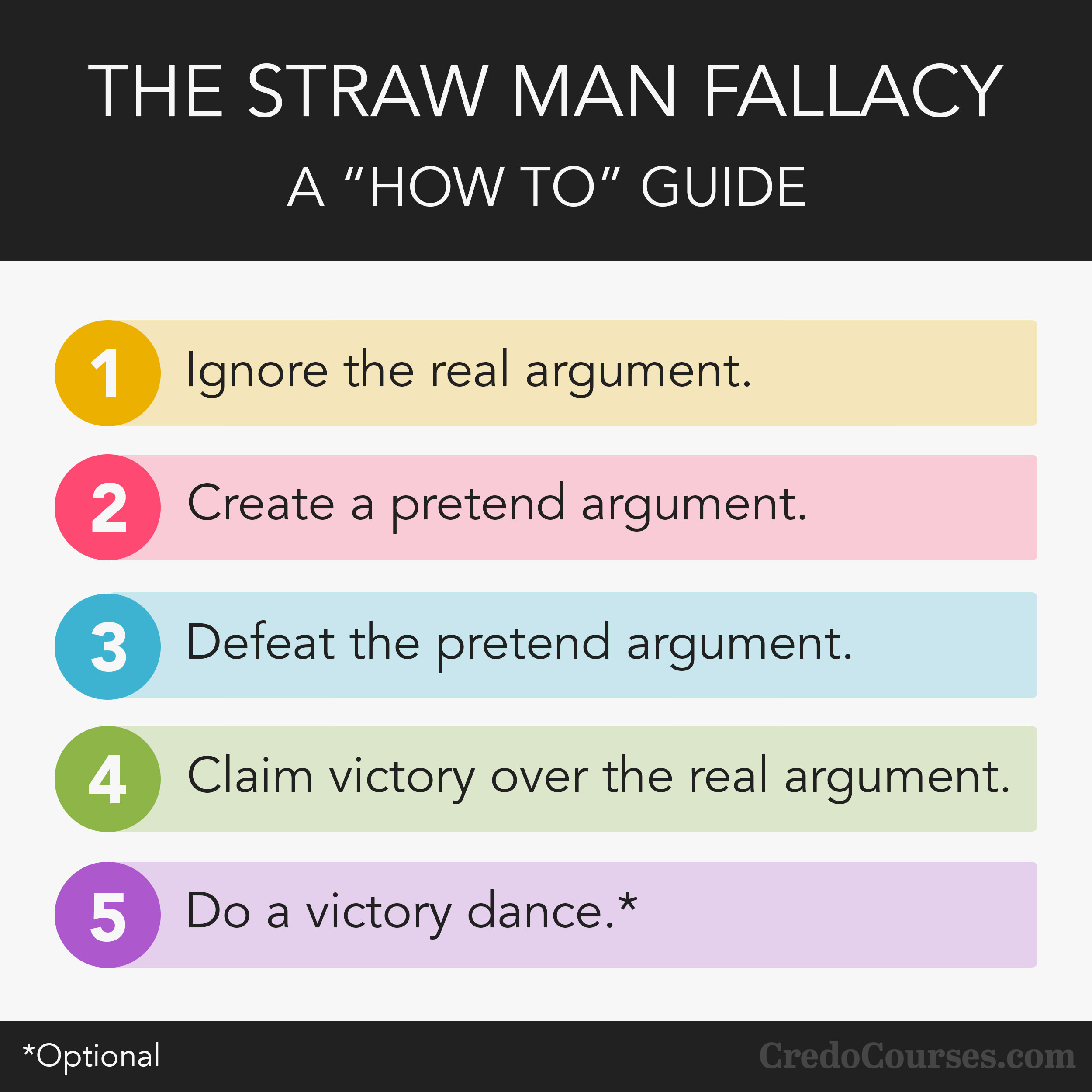So what of this "pole" added to the "loop"? And by calling any unbypassed frequencies on the cathode bypass cap and their interaction with the decoupling cap then being pulled back through the cathode circuit via 0V a "loop", it isn't much of a stretch from there to call anything or everything a loop that has a return path of any kind, however small. I think the right consideration here is a loops significance WRT a goal. Again making this an theoretical exercise rather than a real world problem to be solved for. Otherwise...
What the hell are we going to do about that butterfly beating it's wings on the other side of the earth ultimately changing air currents and pressures that interfere with speaker excursion
What the hell are we going to do about that butterfly beating it's wings on the other side of the earth ultimately changing air currents and pressures that interfere with speaker excursion
 ) for impedance response, resonances, parasitic components etc.
) for impedance response, resonances, parasitic components etc.





Comment